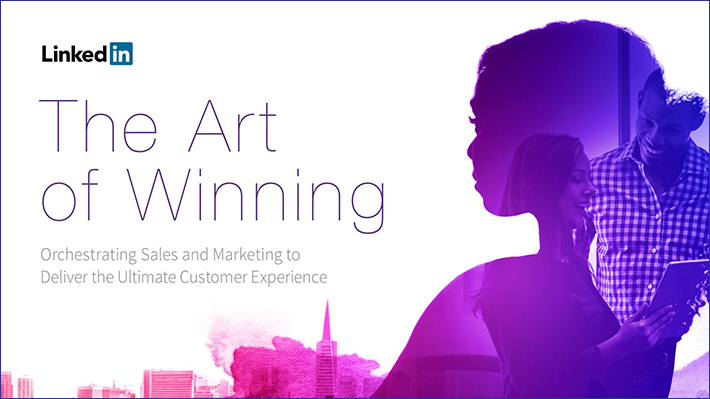Branding is certainly a well-known concept for marketers everywhere. After all, a brand is what makes a business more than a sum of transactions: branding is what makes customers fall in love.
There’s plenty of advice and guidance on the internet to help any company shape their branding strategy. But once you have a branding strategy, how do you implement it in your email marketing? One answer is curated email newsletters. But how can you leverage your email newsletters to build upon your existing brand?
In this post, you’ll learn how you can build a strong brand through curated email newsletters, complete with brand-building principles and tactics that you can immediately put into practice.
Why strong branding matters
In case you need to catch up on the value of branding, here’s a brief overview of what a strong brand looks like, and why you should think about branding. This goes beyond your email newsletters, as your brand affects who you are as a company.
Let’s get caught up on some common definitions of branding:
- “Branding is all of the ways you establish an image of your company in your customers’ eyes.” (Shopify)
- “Branding is the marketing practice of creating a name, symbol or design that identifies and differentiates a product from other products.” (Entrepreneur)
- “Your brand is what leaves the lasting impact and influences the crucial decision of whether or not someone will become a long-term customer.” (Leighton Interactive)
To summarize, branding is the impression your company leaves on a customer or potential customer. We see terms like “image,” “symbol,” and “design” mentioned in those definitions, showing how important visual composition is to your branding in addition to your messaging.
So, why is branding so important?
- Branding improves recognition, creates trust, supports advertising, builds financial value, inspires employees, and generates new customers. (Deluxe Enterprise Operations)
- A strong brand makes your company look bigger, builds loyalty and trust, conveys stability, and makes your business memorable. (Masterful Marketing)
- Branding is what makes your company different from the competition and helps you connect with customers emotionally. Building your brand helps you grow your business. (The Branding Journal)
Building your brand, quite simply, moves your business forward. A stronger brand attracts more business.
So how does this pertain to email newsletters? Let’s apply some of these principles to newsletters and continue our mission of building a stronger brand.
Make the experience consistent
Email newsletters have a wide variety of elements in them. Copy, logos, color palettes, images, CTAs, etc. Each element of an email should be approached through a consistent brand strategy.
A consistent design allows your subscribers and customers to know who you are right off the bat. It also helps them know what to expect, and then navigate, read, and interact with your content easier, according to UX Collective. While the first thing that comes to mind might be visuals, this also applies to your creative copywriting as well.
Let’s look at a handful of these pieces and explore what this looks like.
Images
Images convey a lot about your brand. A huge differentiator is between photos and illustrations. While you don’t necessarily need to stick to either one or the other, you should think about how your audience is interacting with your brand at various points, and how images play a part in that.
For example, maybe all your content (i.e. blog, guides, walkthroughs) use illustrations as the header images, but your homepage uses stock photography. That’s awesome—just make sure you’re sticking to that model. Mixing your images, in this case, might confuse a recipient as to whether they’re looking at your blog content or your homepage content, or if it’s content from a different company that you’re presenting.
The newsletter from Apartment Therapy always includes very bright photos with a lot of natural light.

Similarly, using the same image in both the email newsletter and the page your reader lands on after clicking a CTA will help orient them. Think about if you see a sign to a restaurant. You walk in, but then the sign on the hosting station is entirely different. It’d probably make you wonder if you were in the right place for a moment. The same happens to your readers when they see content in your email newsletter and then experience something totally different when they click through.
Using consistency in images will work to solidify your brand, helping your readers know what to expect and ultimately engage with your content.
Text: copy, tone, fonts
Words carry a lot of meaning. As a marketer, you’re well aware of this. Whether coming up with email copy comes to you easily or not, the words you use should always be passed through your branding guide.
Copywriting is a big deal here. To help people continue their reading from your email newsletter to your content, you should write with the goal of creating a seamless experience. Your newsletter copy should entice the recipient, and continue that story with the same tone and style as they click through to your content.
This email newsletter from MIchael Kors provides the right amount of intrigue to entice a click.

The same is true for font and other styles. Since your objective is to get people to engage with your content, you definitely don’t want them to bounce when they reach the next page. Some studies actually show that improving your email and website fonts or styles can reduce bounce rates by 92%. More eyes on the page mean more engagement, which ultimately creates more customers.
If you’ve ever been on the Airbnb website, you’ll feel right at home when viewing this email. Even down to the fonts and text spacing, this email layout is extremely consistent with their website, making the reader have a seamless experience and know what to expect from Airbnb.

Layout
Your email service provider is packed with different email newsletter templates. You may have a robust preferences center with a handful of different types of newsletters for your subscribers to receive. No matter how many newsletters you send, consistency is key.
Single-column, zig-zag, inverted pyramid—all these layout styles can work well with your content when used consistently. But if you send a newsletter one week that has three columns, and then one that has only a single block of content, it can be really confusing to subscribers.
Imagine if you received a slew of emails that had a single piece of content with a single CTA. You’ve been trained by this company to look only at a single item at a time when you’re viewing their emails. Visualize, then, you open a three-column email with tons of images and copy from that same company. In this case, you’re unlikely to scroll down because you’ve never had to scroll before. You’ve been conditioned to engage with that brand’s content a specific way.
This principle can be applied to your various types of email newsletters, announcements, offers, and even your website. The more you train your reader, the easier it will be for them to recognize your brand and digest content.
Make the experience unique
Let your branding shine through. Leverage the quality of your content and the tone your company uses. There are tons of templates to look through online that can spark formatting and design ideas. Think beyond that. Consider what only your company—your brand— can do.
Unique content
What makes your content stand out? Is it the range of topics? The specificity of topics? The perspective you take? Lean into whatever it is that makes your content stand out and highlight that.
In their weekly content email newsletter, Invision does a stellar job in highlighting their content.

They lean on great images to highlight their content, and even the format of their email newsletters serve to communicate the message of modern design. These elements serve to showcase their branding and ultimately their product.
Another important part of their branding is wittiness, which shines through in their CTAs. This brings us to the topic of tone.
Tone of voice
Your email newsletters hinge on words. Great images are awesome, and interesting stories are compelling. But the only thing tying your images and stories together are words. JCI Marketing puts it this way:
“Creating a brand for your business is much more than just creating a logo. It involves everything from creating a visual identity, creating your brand’s personality and finding your voice as a business.”
A lot of companies use adjectives to describe their tone of voice. Look at this example from Percolate:

This is a great place to start. Once you can identify your company’s tone of voice, you can start filtering all your copy through this funnel. From subject lines to headlines, body copy to CTAs, with your brand voice as a guiding light, you’ll not only make sure it’s consistent but identifiable.
Apple is known for their tone of voice—especially when it comes to their marketing materials. Their taglines are often written with a play on words, which is immediately identifiable as Apple messaging. Here’s an example from the iPhone 5 announcement, when the phone changed sizes to be a bit taller than the previous generation.

Creating a tone of voice that is memorable and identifiable by your customers not only makes it easier for them to know what to expect from your email newsletters, but it also adds personality and intrigue to your content. This drives more engagement, more recognition of your brand, and ultimately more sales.
Wrap up
Zeroing in on your brand helps your audience hone in on your email newsletters. By filtering your newsletters through your brand guidelines, you can train your audience on what to expect from your content, and familiarize them with your company. Creating consistent and unique experiences between your email newsletters, website, and other platforms will strengthen your brand, increasing your content engagement and sales.








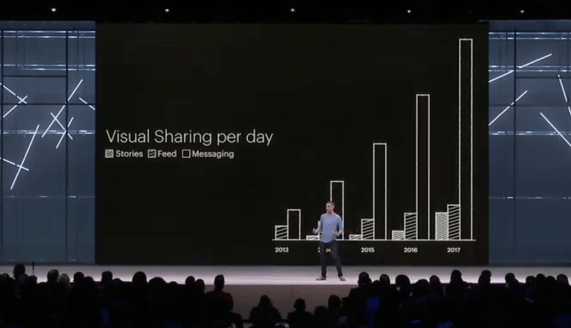
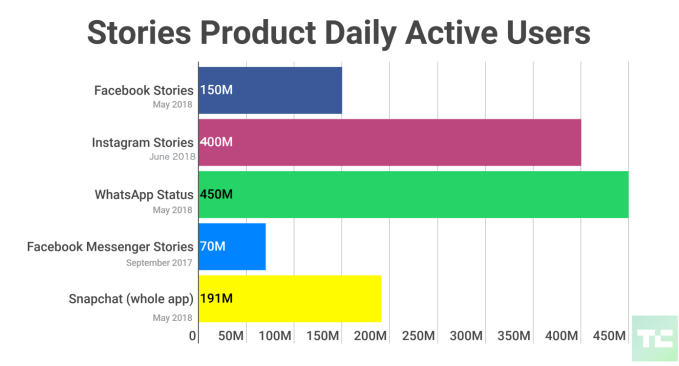
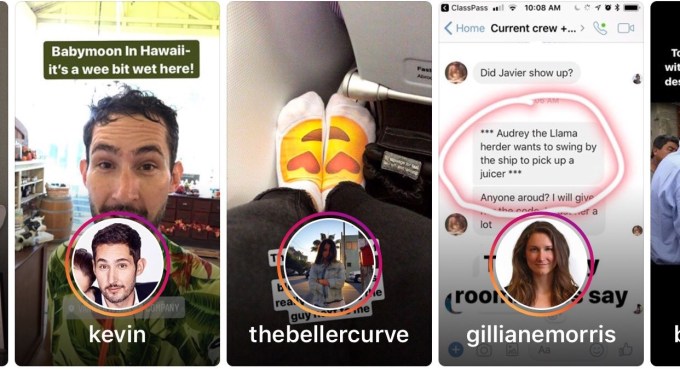

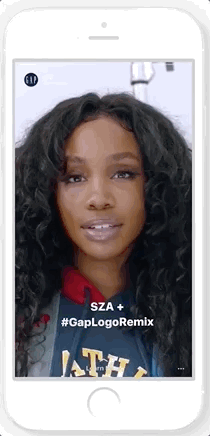










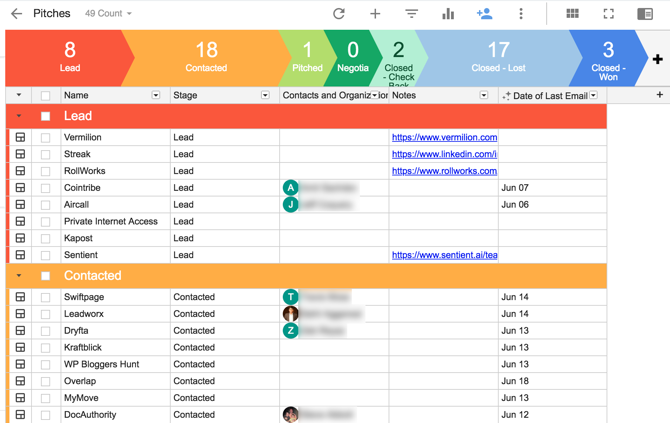
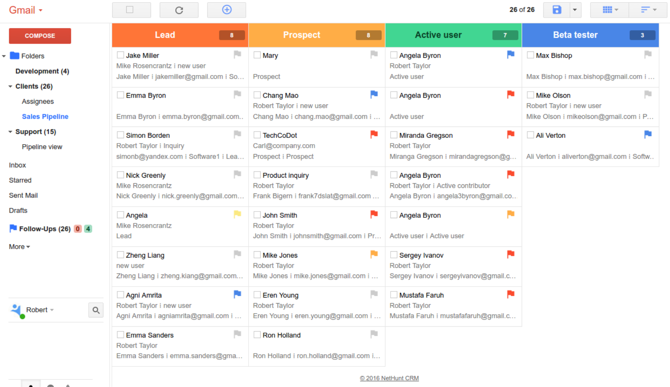
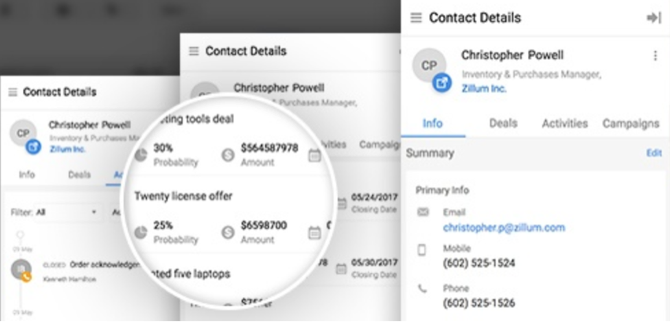
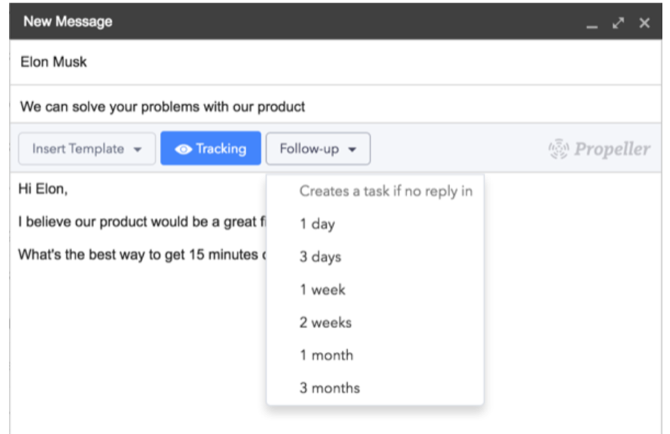
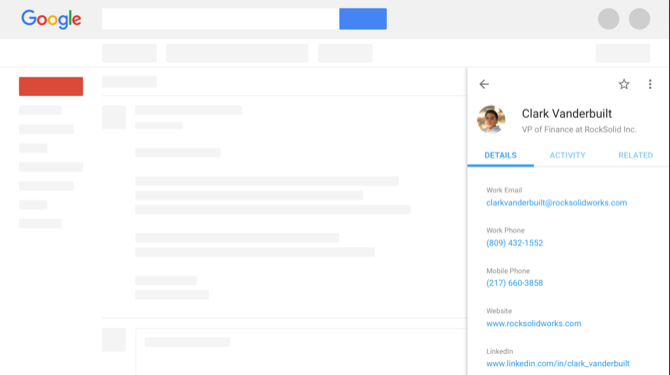
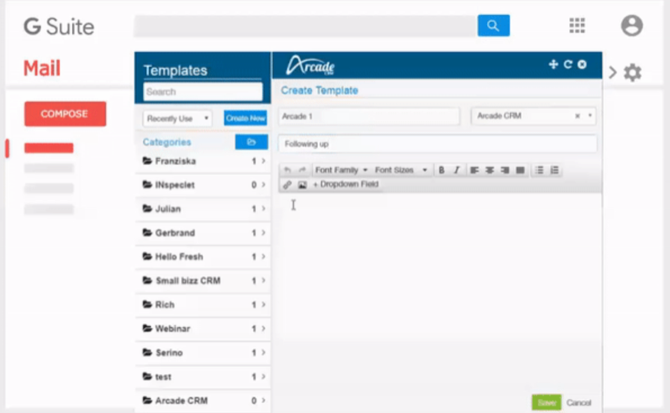











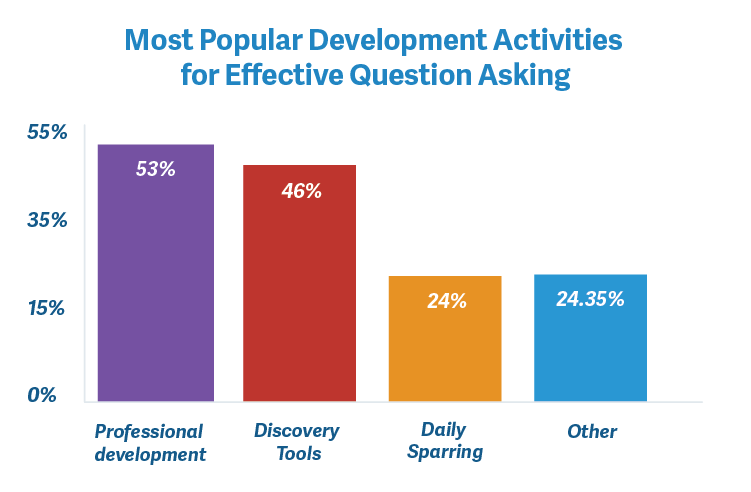























 We asked, “What % of your overall marketing team is involved in ABM?”
We asked, “What % of your overall marketing team is involved in ABM?”



 SoloSegment’s Site Search Inspector illuminates a huge blind spot for marketing teams and helps them unlock the revenue trapped there. If you’re like 85% of companies, you have no idea what’s going on in your site’s search engine. You either don’t have measurements or you ignore what you have. Up to 30% of your visitors search and they could be your best customers. Site Search Inspector targets the site search customer experience with a set of proprietary measures designed to improve success. They’re so convinced you’re going to improve your success rates, they’ve tripled the free trial period to 45-days and they’re offering 10% off an annual subscription. You can find this special offer on
SoloSegment’s Site Search Inspector illuminates a huge blind spot for marketing teams and helps them unlock the revenue trapped there. If you’re like 85% of companies, you have no idea what’s going on in your site’s search engine. You either don’t have measurements or you ignore what you have. Up to 30% of your visitors search and they could be your best customers. Site Search Inspector targets the site search customer experience with a set of proprietary measures designed to improve success. They’re so convinced you’re going to improve your success rates, they’ve tripled the free trial period to 45-days and they’re offering 10% off an annual subscription. You can find this special offer on 